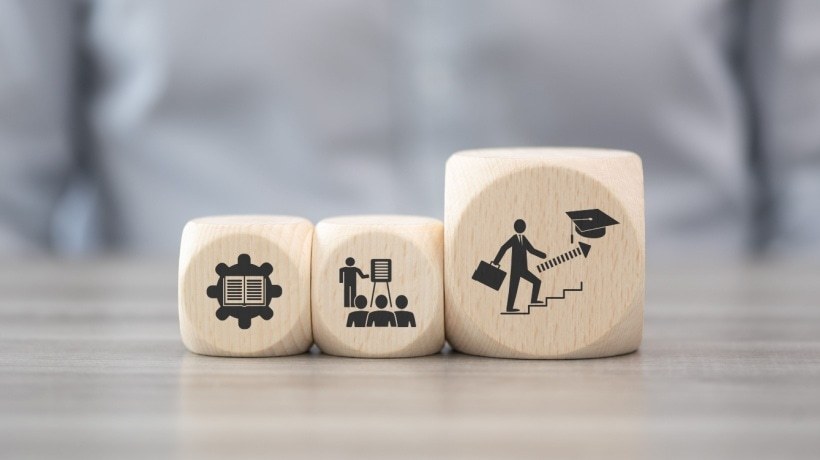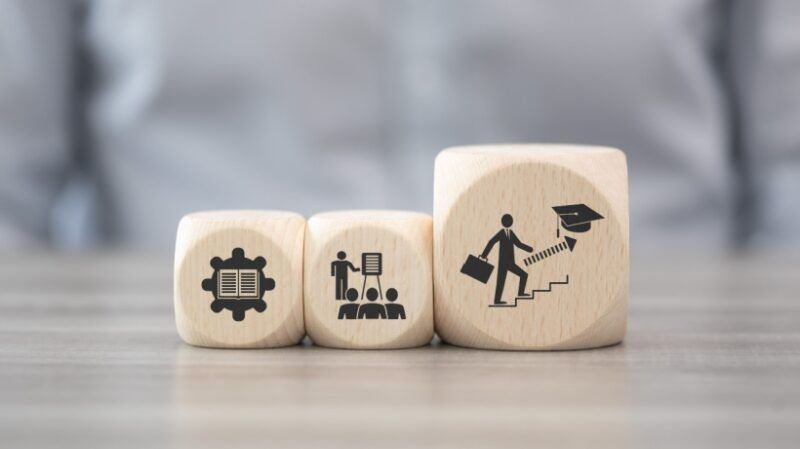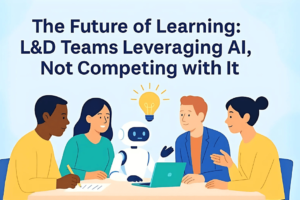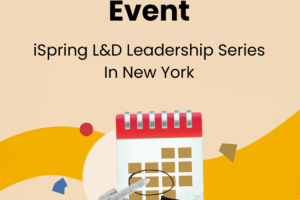
Professional Learning Education: The Smartest Investment In 2025

From Cost Center To Competitive Edge
In boardrooms across the globe, one question keeps resurfacing: where should we invest to future-proof our business? For years, professional learning education was seen as a secondary priority, a “nice to have” that was often the first to go when budgets were cut. But in 2025, this mindset is becoming obsolete. The pace of change in business, technology, and society has reached a tipping point. With AI reshaping entire industries, sustainability targets pushing companies to transform, and a new generation entering the workforce with vastly different expectations, the most forward-looking organizations are reevaluating professional education as a strategic asset.
And it’s not just theoretical. Businesses are starting to feel the pressure in concrete ways. Skills gaps are widening. Environmental, social, and governance (ESG) scrutiny is intensifying. Employee engagement is slipping, especially among younger staff who say traditional training no longer speaks to them. In this climate, professional education is no longer a cultural perk; it is a commercial imperative.
Contemporary Professional Learning
Modern learning is unrecognizable from the compliance-heavy eLearning modules of the past. It is sharper, faster, and far more aligned to business outcomes. The most successful companies are using AI to precisely map skills gaps, deliver highly relevant content, and build role-specific learning pathways that directly address operational challenges. “AI is helping us identify what people need to know, when they need to know it,” says Anna Larrenssen, Chief Learning Officer at a global tech firm. “It’s no longer about learning for learning’s sake; it’s about solving real business problems in real time.”
Rather than relying on generic training catalogues, businesses are turning to agile, microlearning formats that integrate seamlessly into daily work. The result is a more dynamic learning experience that empowers employees to perform better and faster.
The Integration Of Sustainability
Another shift is quietly but profoundly transforming how organizations approach learning: the integration of sustainability across all job functions. Historically confined to ESG or Corporate social responsibility (CSR) teams, sustainability is now seen as a company-wide capability. Whether it is procurement teams understanding responsible sourcing, finance departments tracking carbon exposure, or HR embedding inclusion practices, every function plays a part in delivering on environmental and social targets. But this integration does not happen by accident. It requires education.
More organizations are recognizing that top-down sustainability policies are not enough. What is needed is workforce-wide upskilling; bite-sized, job-relevant learning that makes sustainability practical and personal. The best programs take sustainability out of isolated strategy decks and into everyday workflows, inboxes, and customer interactions. By embedding sustainability literacy at every level, businesses not only meet compliance goals but also drive innovation, enhance reputation, and create long-term value.
Professional Learning Across Generations
The workforce is also undergoing a generational shift. Gen Z now represents nearly a third of all workers worldwide. They bring enormous potential: creativity, digital fluency, and a strong sense of purpose. But many also lack essential soft skills such as communication, collaboration, initiative, and critical thinking, which are vital in today’s complex workplaces.
This is not a lack of ambition. It is a gap in preparation. The pandemic disrupted critical years of social development. Many Gen Z employees started their careers behind screens, missing out on the informal learning, mentorship, and feedback that build interpersonal and professional confidence. Organizations that proactively invest in building these foundational human skills, particularly around emotional intelligence, resilience, and accountability, are not just addressing a short-term need. They are creating the next generation of adaptable, thoughtful leaders who can navigate uncertainty with strength.
The most effective learning programs today do not just deliver content; they deliver outcomes. Thanks to AI and advanced analytics, companies are now measuring the business impact of education with far greater precision. Gone are the days of tracking hours logged or courses completed. Leading firms measure behavioral change, team performance, employee retention, and even customer satisfaction as a result of targeted learning interventions. “We stopped asking ‘how much did they learn?’ and started asking ‘what changed?'” says Larrenssen. “That is when Learning and Development moved from being a support function to a strategic driver.”
Conclusion
As we look ahead, the organizations that will thrive are those that do not simply react to disruption but build the internal capability to shape it. Professional education, done well, is the lever that makes this possible. It closes skills gaps, builds soft power, embeds sustainability, and makes emerging technology accessible. It is time to stop viewing learning as a line item or a tick-box exercise. The real opportunity in 2025 is to see professional education for what it truly is: a driver of competitiveness, a tool for cultural transformation, and a powerful investment in resilience and growth.
Source link



